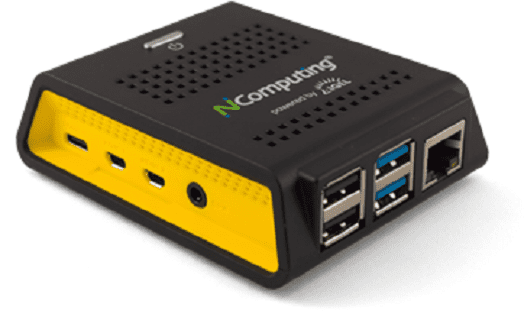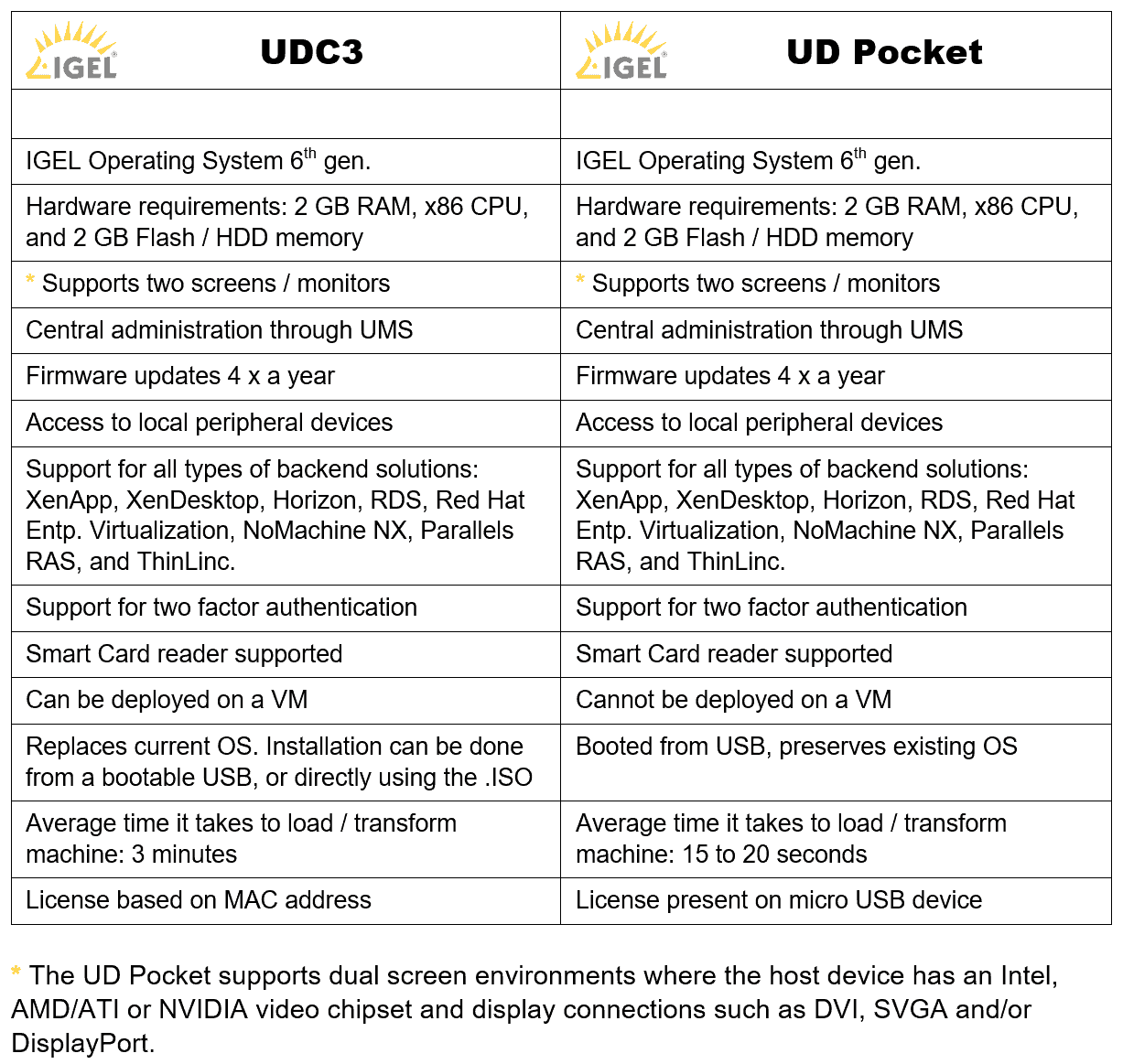IGEL Blog

IGEL Trends 2020: All Signs Point to Desktop-as-a-Service
In the 21st century, our life and work will be largely determined by digitization. This is not a trend, but rather an irreversible upheaval in all areas of life and work. More than ever, what can be digitized will be digitized. Against this background, companies sometimes have to change radically, and the way they work is also changing: the digital transformation affects us all.
The cloud is no longer a trend, it’s there, and we must now use it to meet the demands for greater security, lower costs, greater flexibility and better sustainability. For desktop-as-a-service and end-user-oriented infrastructure, all trends indicate that these expectations will be largely met in the coming year:
Trend 1: Windows Virtual Desktop accelerates the adoption of end user computing
Microsoft has announced Windows Virtual Desktop. The market leader for desktop operating systems is creating a driving force that will make many people who regularly run hundreds, thousands or tens of thousands of Windows PCs sweat. Microsoft Windows can now be taken from the cloud and used on any device; the popular Office365 will also help to give Windows from the cloud even more momentum. Instead of worrying about operating systems, resources can now be channelled into the efficient delivery of end applications and support for digitisation projects. As a result, Citrix and VMware will also benefit from this, as they will finally have to generate cost benefits for customers with new solutions.
Trend 2: Cloud workspaces as a secure alternative to Windows PCs
It also solves the vulnerability of end devices to security attacks, at least to a large extent. If the end device no longer has a complex operating system installed, but rather an OS optimized for security, manageability and cloud access, the vulnerability is significantly reduced. The high security standards of cloud providers now often exceed those of locally administered data centers, and encrypted data traffic does the rest. So security remains a hot topic, but the good news is that cloud workspaces are a secure alternative. Furthermore, Windows Virtual Desktop now allows old Windows applications to be brought directly into the cloud and thus to any end device. As a result, Windows applications will be just as easily available everywhere as browser or mobile applications.
Trend 3: Working in the cloud is taken for granted and expected of employees
The expectations of end users are also changing in the context of digitisation. The technology recedes into the background and is available as an easily consumable service. Due to flexible working hours and the availability of home office and mobile workstations, the workplace must always be available. Those who “only” work on the computer can hardly be expected to be present. Cloud workspaces and secure end devices are the basis for enabling employees to improve their work-life balance without security concerns or major technological effort. The younger generation in particular, which we urgently need on the job market, expects this flexibility and support from corporate IT.
Trend 4: Agile working and the cloud go hand in hand
The flexibility of DaaS concepts supports the trend towards agile working methods in companies. New, cross-project teams can be quickly brought together, external parties can be easily integrated, the shared workspace is in the cloud, the question of location becomes irrelevant, collaboration even across continents is easy to design, information is exchanged and available almost in real time. All this is made possible by new security concepts in which users can prove their identity securely and decentrally.
Trend 5: New technologies accelerate the trend towards DaaS
New technologies will further fuel the above-mentioned trends: 5G will provide a performance boost in mobile data communication, probably initially within company locations; server- or cloud-based work will thus become even faster, more available and more secure. This also contributes to making applications and data easier to consume and available everywhere. The advancing virtualization in data centers and a high degree of automation in server management will further increase the availability and security of on-premises and cloud data centers. This will benefit not only, but also the cloud workspaces. Intelligent algorithms and learning systems will also help to ensure that the user experience is always optimized and information is easily displayed on a wide range of end devices.
Trend 6: Sustainable for long-term success
From an economic perspective, the trend towards end-user computing in cloud workspaces has always been clear: longer usability of hardware means less investment. But it also means a plus in terms of ecology: fewer computers that have to be taken out of service after just three years, and thus a reduction in computer scrap. In addition, IGEL takes care to use recycled materials and reusable components in all its hardware products.
My tip for 2020: Jump on the Desktop-as-a-Service train now. The course is set for cloud workspaces, and Microsoft is giving a big push with Windows Virtual Desktop. It’s a way to make your company’s computer workstations fit for digital transformation and a new generation of employees. So why wait?!


